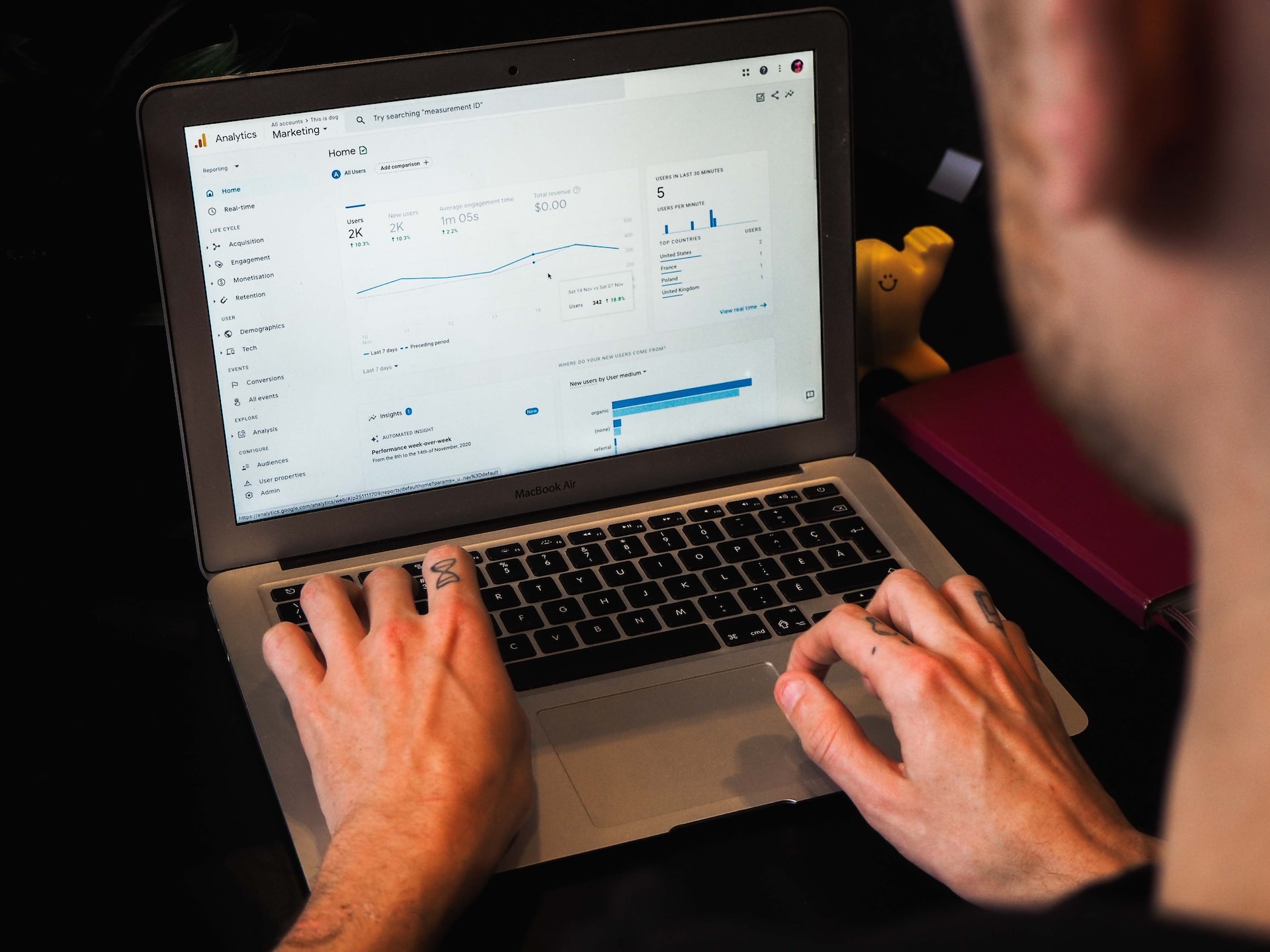In today’s digital age, online advertising has become an essential component of any successful marketing strategy. Among the many platforms available, Google Ads is undoubtedly one of the most powerful tools for driving traffic to your website and generating leads. However, simply creating a Google Ads campaign is not enough to ensure success. Read This in order to maximize your Google Ads potential. You also need to have a clear and focused strategy that targets your ideal audience and effectively communicates the value of your products or services.

Keyword Research for Effective Targeting
Effective targeting relies heavily on choosing the right keywords that align with your target audience’s search behavior. The first step in conducting keyword research is to develop a list of relevant terms and phrases that best describe your business or product. This list can be generated through brainstorming sessions or by using tools such as Google’s Keyword Planner. It’s important to prioritize keywords with high search volume and low competition, as this will increase the likelihood of your ads being seen by your target audience.
Compelling Ad Copy Creation Tips
The right ad copy can grab users’ attention, pique their interest, and entice them to click through to your website. To achieve this, two key tips must be kept in mind.
- Firstly, focus on creating an ad that resonates with your target audience. Understand their values, pain points, and desires, and craft your copy to speak directly to them.
- Secondly, make sure your ad copy is specific and highlights the unique value proposition of your product or service.
- Lastly, use descriptive language and emphasize what distinguishes you from your competitors.
Optimizing Landing Pages for Conversions
A landing page is where a visitor is directed when they click on an ad and where the conversion process begins. A landing page aims to persuade visitors to take a specific action, such as filling out a form or making a purchase. To optimize a landing page for conversions, it is essential to ensure that it is relevant to the ad that leads to it. The landing page should also be easy to navigate, visually appealing, and provide valuable information to the visitor. Additionally, it is essential to have a clear call-to-action (CTA) on the landing page to guide visitors toward the desired action.
Utilizing Ad Extensions for Visibility
Ad extensions provide additional information to potential customers, making your ads more relevant and valuable. By including ad extensions, you can take up more real estate on the search results page, pushing competitors further down and increasing your chances of being seen by potential customers. Several types of ad extensions are available, including site link extensions, call extensions, location extensions, and review extensions. Every kind of extension serves a specific purpose, providing potential customers with relevant information that can increase the likelihood of them clicking on your ad and converting it into a lead.

Tracking and Analyzing Campaign Performance
With proper assessment, it can be easier to determine which campaigns are generating the most leads and which ones need adjustments. Fortunately, Google Ads provides a wealth of data that can be used to evaluate the effectiveness of your campaigns. By analyzing metrics such as click-through rates, conversion rates, and cost per acquisition, you can identify areas for improvement and make data-driven decisions to optimize your campaigns. It is also important to set up conversion tracking to measure the impact of your ads on your business goals, such as lead generation or e-commerce sales.
In Conclusion
Google Ads is a powerful tool for generating leads and driving business growth. By implementing the strategies we’ve discussed in this post, you can optimize your campaigns, improve your targeting, and increase your ROI. Remember to continually analyze and adjust your campaigns based on data and performance metrics.…

